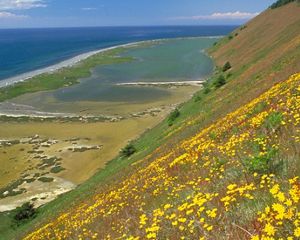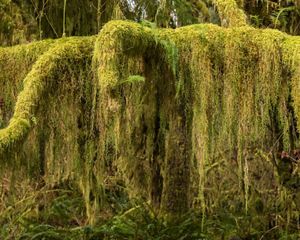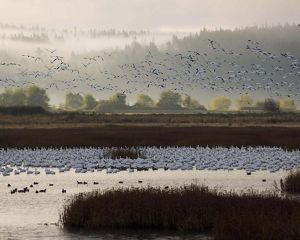Description
The Clearwater River runs cool and clear out of the Olympic Mountains, flowing into the Queets River, one of the Washington Coast’s most important wild salmon rivers. Restoration of ecological processes in this critical salmon spawning and rearing habitat is an important step to increasing the abundance and resilience of salmon in coastal rivers.
The Nature Conservancy owns 5,835 acres along 38 lower miles of the river, a corridor of conservation around the river lowlands and terraces down to the mouth. The reserve is focused on practicing sustainable, ecological forestry principles to experiment, restore, and provide natural resource resiliency. TNC foresters and ecologists have developed long-term plans that include planting trees, restoring important salmon and wildlife habitat, and implementing ecological forestry that includes timber harvesting.
This land on the Clearwater was The Nature Conservancy’s first acquisition in the Olympic Rain Forest and launched a new effort to restore forests and rivers for salmon on the coast. Since then we’ve acquired about 10,000 acres on the Hoh River, and we are providing support to the Tribes of the Washington Coast to support their treaty rights and access to these important areas. We’ve also been working further south on the Coast for nearly 20 years, at the Ellsworth Creek Preserve near Willapa Bay, where we’ve pioneered much of the rain forest restoration techniques we are implementing in the Olympics.
The work on the coast is also part of a much larger effort—it’s part of the Emerald Edge, the largest intact coastal rain forest on Earth, spanning 100 million acres through Washington, British Columbia and Alaska. By restoring these forests, we’ll be able to secure a healthy future for salmon and the people who depend on them.



